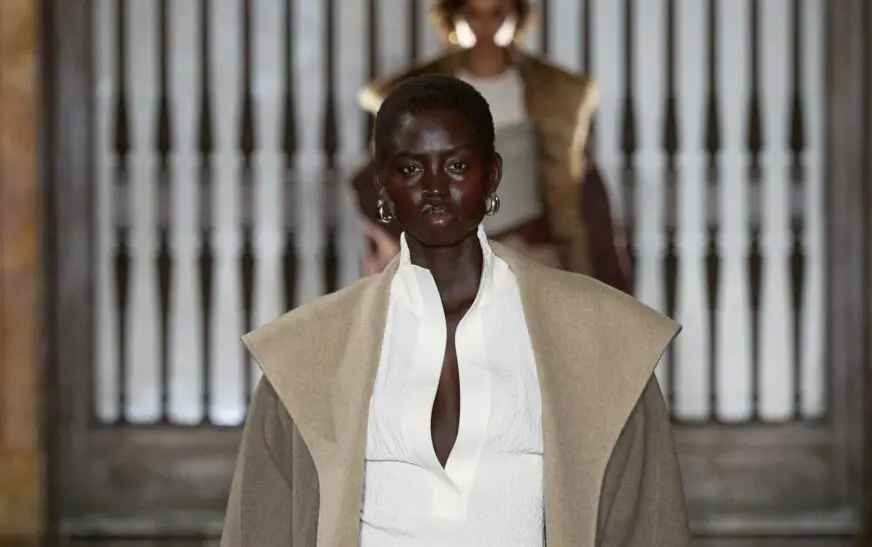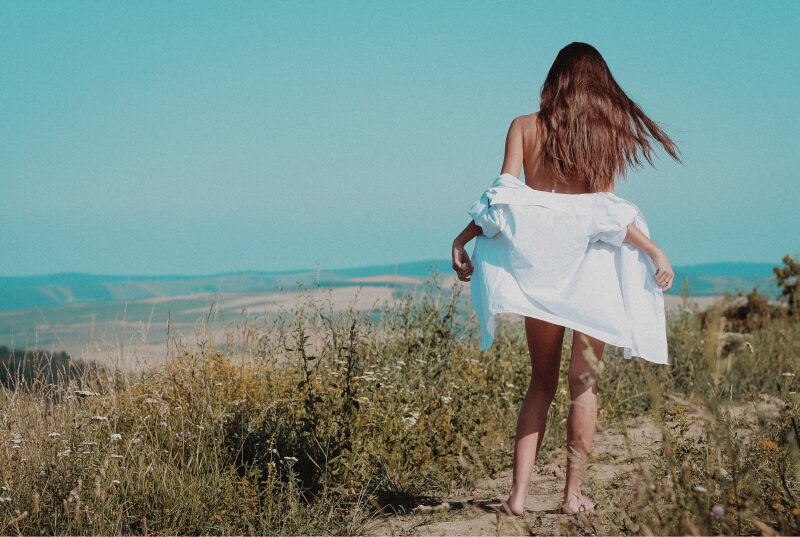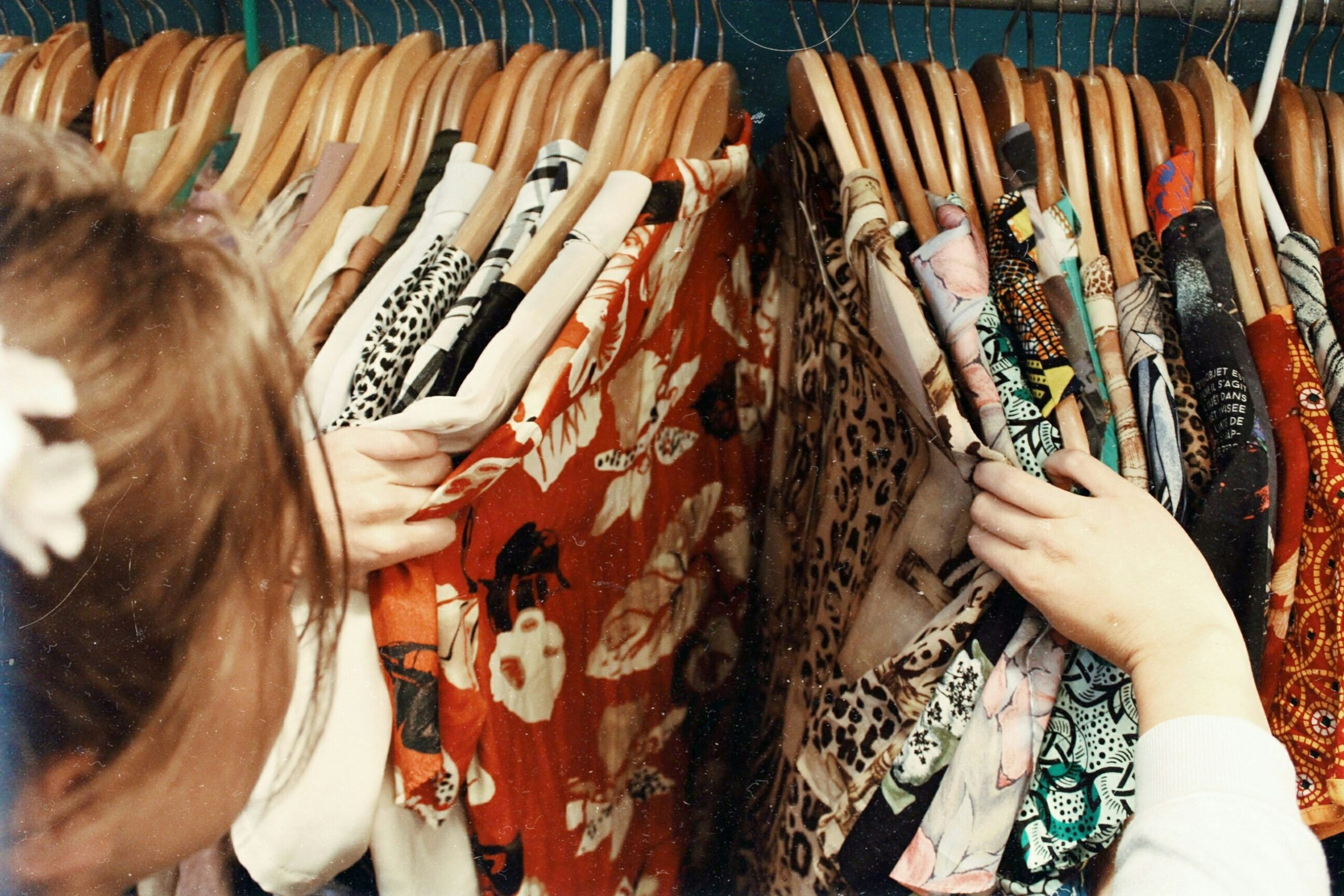While writing his memoir, Walk Like a Girl (out in May), it was necessary for Prabal Gurung to stroll down memory lane. Mapping the past perhaps allowed the designer to close the book on some of his less positive memories and look to the future. Change of some sort is definitely afoot; Gurung recently launched his Atelier line, dedicated to evening/occasion dressing, which in theory allows him to be more playful with his ready-to-wear, which in recent seasons has started to move in a more relaxed direction (see last season’s chiffon tanks and this season’s light knit ones).
One of the subjects Gurung wanted to explore in his fall collection was the fleeting moment between a night out and the morning after when a woman might emerge in clothes cadged from a male lover and/or look a bit undone. To capture that effect, sweaters put on upside down made for impromptu shawls and the desired “lived-in” look was created through washing and other fabric manipulations. As for the massive faux fur coats, Gurung was thinking of them being worn in a way that wasn’t precious, but rather something you could grab a coffee in then get on with your day.
In the case of undone collars and tops, Gurung, who likes to flash a bit of chest, might have been referencing his own personal style. “At the end of the night, when I’m wearing a tuxedo, I unbutton it and the bow-tie is hanging, and I love that vibe,” he said, identifying a pair of black leather pants with a roomy white Oxford shirt as one of his favorite fall looks. That wasn’t the only personal habit worked into the collection: Returning home after a night on the town, Gurung might stop at a bodega and pick up some white lilies. The finale look, a silk gazar dress with hand-embroidered flowers, was imagined as a woman transformed into a white lily, a symbol of purity and mourning.
In the past. Gurung has been very vocal about his politics, but in a pre-show interview he said he didn’t want to take the bait and be reactive. Instead he was thinking about “comfort and familiarity. I want the world to feel comforted, hugged.” That feeling was best conveyed via double face cashmere toppers, some with fur trimmings. There is always a conversation between the east and west in Gurung’s work and the show notes described these pieces as kimono coats, but they also resembled the cocoon shapes that are associated with Paul Poiret. A mannish, oversized peacoat in a plaid with a pink component also had a sheltering effect.
Gurung gave the title of his book to a collection that explored the idea male/female tropes, and the turning of night into day—in between states if you will, that perhaps relate to the uncertain times we are in. That was an interesting direction to take, but Gurung didn’t commit to it, falling back, instead, on rather straightforward evening looks that seemed unrelated to the main theme.
It was as if Gurung arrived at those two roads Robert Frost wrote about and looked back instead of choosing one to go down. The result was a collection that had no clear direction.


-2.jpg?w=150&resize=150,150&ssl=1)





